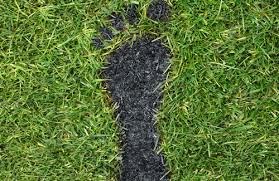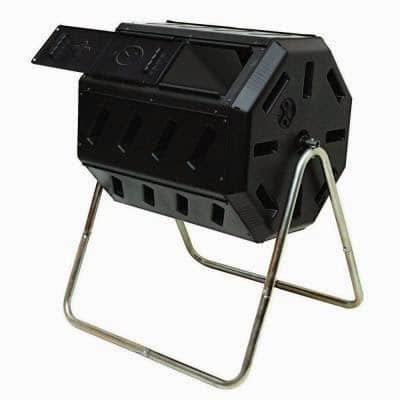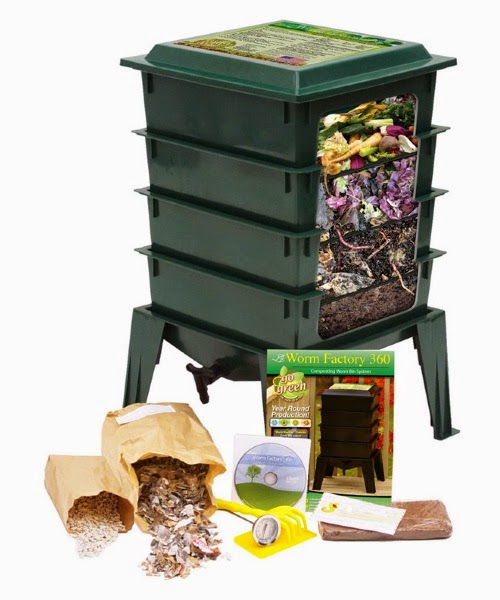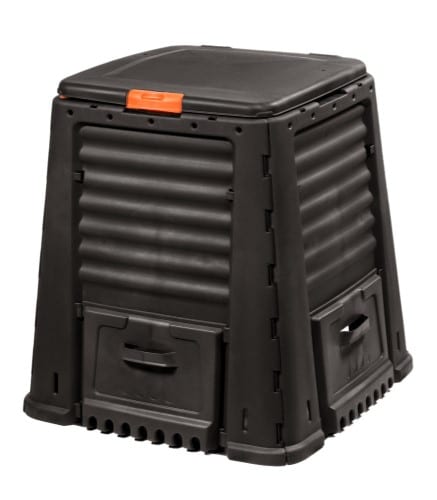Remember as kids, we had chores. One of the most popular chores was to take out the trash. Not a difficult task, but it took an act of God to get us to do it. Have you ever thought about where your garbage goes? Most likely when it is picked up from your curbside it is taken to a local landfill. Landfills are a complete science. They are a carefully designed structure built into or on top of the ground in which trash is isolated from the surrounding environment (groundwater, air, rain). This isolation is accomplished with a bottom liner and daily covering of soil. The trash production in the United States has almost tripled since 1960. This trash is handled in various ways. About 32.5 percent of the trash is recycled or composted, 12.5 percent is burned and 55 percent is buried in landfills [source: EPA]. Take a look at what the single family throws away in waste per day! Look at the amount of food and yard waste that we add to the landfills.
In our household we compost and recycle to the point that when garbage day comes, we barely have any household garbage, maybe one small 2′ x 2′ trash bag. We have two huge recycle containers on wheels that are always full to the brim. Since so much of what we eat is fresh produce, it only made sense to start composting (also on my New Year’s list a couple of years ago to reduce my own carbon footprint!). Especially now, while we are doing our Purification Program, we are eating even more fresh produce than usual. I surveyed my patients to see who composted. The patients that didn’t compost (90% didn’t compost) were asked why they didn’t compost. The number one reason was they didn’t know how to start!
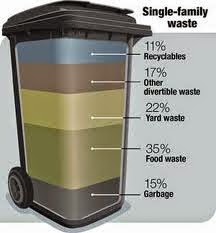
One Degree of Change #13: Compost your Veggies, Fruit and Yard Waste!
In order to make it simple, I have researched three of the easiest, most cost effective containers to use to compost. And the winners are:
I like this composter because it has two chambers. You fill one side, while the other side is curing. It is a very efficient and easy way to convert your yard and kitchen waste into rich soil enhancing compost. You load it, slide the door closed, using the built-in hand holds, you give it a turn every couple of days! It is made out of recycled plastic and is rodent proof.
This is another favorite and one of the easiest way to turn your scraps into liquid gold fertilizer is composting with worms. This worm bin is a kit with everything you need to get started. Simply put your food scraps into the bin and cover with moistened paper. The worms will break down your scraps with a little time and no effort from you! You never need to turn it, and the worms are fine when left alone for months.
This is what we use in our household. My favorite because it is a no fuss, no muss deal. It is constructed from 90% pre-consumer recycled plastic. It holds 115 gallons. There are doors on all four sides for easy access, open a side put your shovel in and black gold! Also the doors function as leaf scoops. It is vented on each side to accelerate composting. No turning necessary. It has an easy open lid. And simple, no tool assembly.
All of these are in the $100 range. The last one, to me, is the simplest. I just keep adding food scraps and alternate with some yard clipping or leaves. I have it near some azalea bushes, which bloom almost year round because they have the benefit of the nutrients leaching into the surrounding soil. If you are enterprising, you can build your own. There are plenty of plans on the internet. If you are ambitious, you can check out this website that will show you how to DIY four types of bins: www.treehugger.com. But from my survey, if people are looking for simple, chances are they are not the building type.
I challenge you to reduce your carbon footprint. Just One Degree of Change from your household will change the direction of landfills. Do your self the favor! Your planet will thank you!

